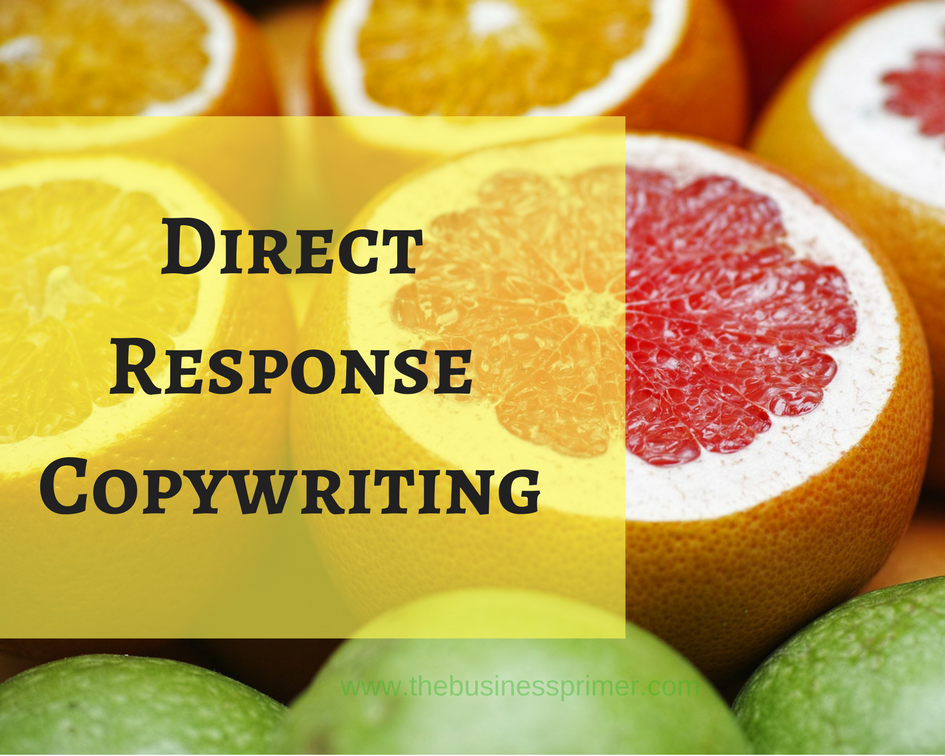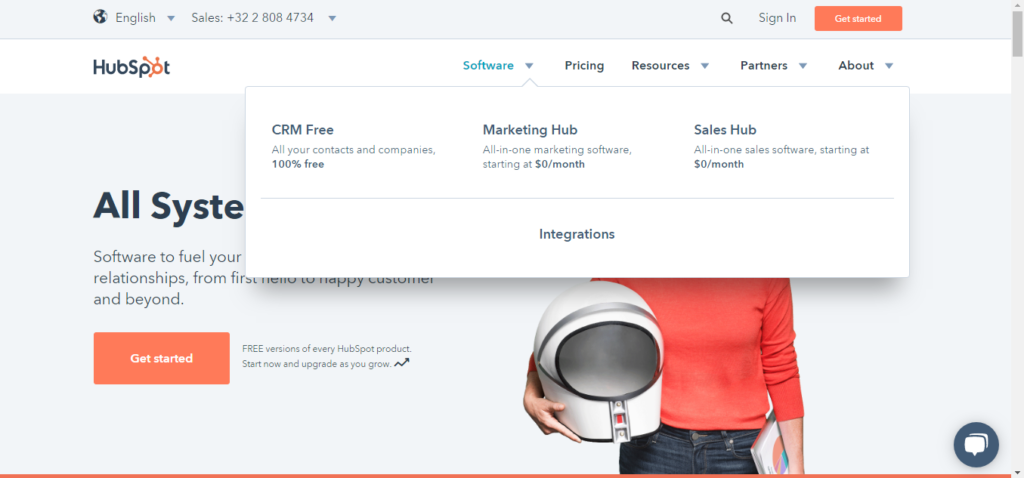Is maintaining your business blog becoming a terrifying nightmare?
You know what the internet world calls a business owner with a stale blog? Non-existent 🙁
You have seen wrong writers, littered content calendar, that pressurizingly blinking cursor, the content marketing gurus who force you to take care of alt tags, meta descriptions and other robotic parameters you don’t understand and you think it is better to let it go?
Take a seat. I’ll be your blog-therapist for today. And in the end, I’ll leave you feeling good + a cheeky grin guaranteed!
You are tired of deception from the so-called “helpers”. You download all the free content creation calendars that promise you to take away your blogging woes.
But then, you end up staring at a blank worksheet that asks you the exact same questions … you have been digging the mud for??
And you graze your face exactly like that witch from a horror movie…That’s okay, swallow your snot. There is something more horrifying than this….that blank screen…it feels like your voice is being throttled. But sometimes, you go on a rampage and type out that entire paragraph like a solo engine taking test rounds around the station…and then when you read it, you press the backspace until you go back in time…to an intimidating-blinking cursor. Story repeats, yeah?
So, you make up your mind and you try to hire a “writer”…but, you end up scrapping all the work you were DELIVERED. You look at the chunks of kooky words that hang like your most ill-fitting garment catching dust. When you hit the sack, you are having nightmares where your prospects are barfing on your website. Eiks!
Forget all of this.
One fine day, you recover from all of this drama because it was a Sunday morning! You’ve had a fantastic week and now that you have an interesting incident to share with your audience, you decide to blog on your website. You grab your mug of fresh green juice and sit in the sun with your biz machine aka your laptop. All was good until you fall back trying to avoid the glaring sun … having no clue where to start, build context or structure your writing. Agghh, too much work! And you quit, right?
Or maybe you wrote it off that evening and then 11 months have gone by, your blog dons that stale blog.
If this is your story, there is help coming soon.
Look boss, I agree, you have challenges! You wanna go smash those sales figures, rock those goal-sy meetings, attend networking events, figure out the perfect funnel, grow your email list, hunt for the tech wizards who can set things up for you, go live on that podcast and the list never ends. You have A LOT on your plate!
But, are you putting your blog on the back seat because your time is TAKEN up?
Psst…aren’t you making a mistake big gun?
Tossing your blogging plan backward means you’re chapping up your business plan. Wanna know why? Here are 7 reasons (out of 119 reasons btw) to keep your blog active.
Blogging cuts down your sales time by 50%
Your blog is the place where your prospects get to know you, learn about your personality and identify your voice. It is where you show them who you are, instead of telling them what it is about you that they should know to buy from you. I mean, that’s what you do in a sales call, right?
By reading one piece of writing on your blog, your prospect has a registered impression about you. Now, it is up to you to build the tempo from here. A job well begun is half done? Obviously! You are already half your way through in winning that prospect. So, go blog darling!
Blogging gives you fodder to feed your social media profiles
You cannot go live 14 times a week to share your thoughts on social media. But, you can have blogs written to let the world (your customers) know, what your opinion on an issue is.
Now, why do you want to lose a stream of high-quality traffic just because you lack a blog?
Why do you want to send back those interested prospects to your competitors?
I repeat, why leave money on that frickin’ table?
Blogging makes you that money-making list
How else do you want to grow your email list? Yeah, you can tell me we have chatbots. But you know what? The chatbot is a vulnerable media. One click and poof, your messages are muted. You wanna talk to deaf ears? Nah…
I’d love to know if you have another method to grow your list (I am curious)
So, listen to me, get your blog up and going. Because honey, in that list is your money!
Nurture your authority. Earn respect as an expert
Imagine you are an authority figure or an influencer in your industry. If I meet you downtown and won’t stop admiring you and your work, how’d you feel? Mind=Blown!
That’s why, grow your authority. And this is a no-brainer. Come on, you are an expert already, and that’s why you are running a business. IT’s not just about someone admiring you. It’s the recognition that fetches you reputation. Your reputation is everything when you’re in business.
I’ll show you 5 easy ways to build authority…right here, right now
- Recommend products you use (clink clink..already making money from affiliate marketing? Nice uh!)
- Give your audience helpful tips that they can ACT upon (they’ll thank you forever and feel indebted to you even if they are paying money to get your secret tips and saucy advice)
- Get yourself featured on elite publications and look at how clients swarm your doorway. (In case you don’t know, check out my piece on the prestigious Thrive Global that got me 3 new leads within a week of posting it)
- Make powerful connections and flaunt them. This isn’t hard at all. All you have to do is one round-up post on your blog featuring influencers from your industry and you have an invaluable network in your back pocket.
- Once you do these 4 steps, you become a “credible source of valuable information” naturally. You become more authoritative.
Now, all you have to do is, share information + ideas consistently.
Blogging brings Traffic + SEO
If you have a website and do not want traffic, you are mad. I mean, not you you..come on you obviously want traffic. Imagine leads come and land on your website and they head to your services page and end up hiring you. All because you shared a blog post of yours on social media. And, if you have kickass copy + a fantastic funnel, nobody can stop you from building your list, growing your biz and making a ton of money.
Plus, there is a lot of noise out there. You can cut through that noise by talking to people in your voice on your blog, on your uncluttered space. So, my dear, get a blog!
Tip: If you need more information on SEO, check it out here.
Strike conversations with your clients over a blog post
Your blog can act like an intense knowledge dissipating FAQ repository. The information can itself act as sales objection tackling mechanism which puts your prospects in your pipeline. Having your would-be clients in your digital vicinity is cool, right?
Also, who doesn’t want an opportunity to talk to clients isn’t it?
Offer YOUR solutions (services) to your clients’ problems (opportunity)
Imagine talking about a meeting in your office that sped up productivity that leads to you landing a high-ticket client. If you talk about those innate occurrences and unique experiences, you are making your clients believe you are a real, working breathing human being. And they trust you enough to buy from you.
Quick Recap
To conclude, your blog is not just beneficial for your business, it is your creative asset. It helps you capture your voice and your reader’s attention.
Your blog is the virtual bridge that connects you with your customers. If you want to resonate with your clients, build your personal brand, grow your authoritativeness, drive traffic to your website and benefit from all of the other advantages it comes with, get your blog running.
P.S: If you are totally convinced that your blog has to have a game on but you do not have the time or capacity to maintain your blog, click here.






